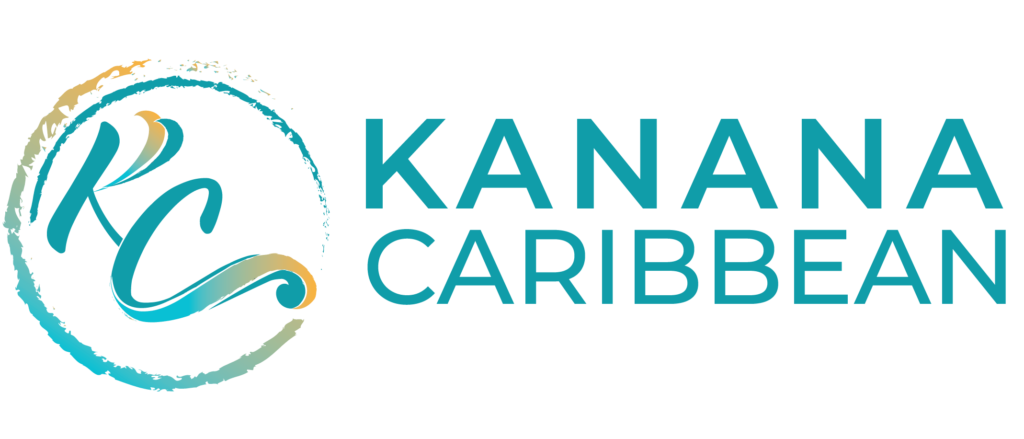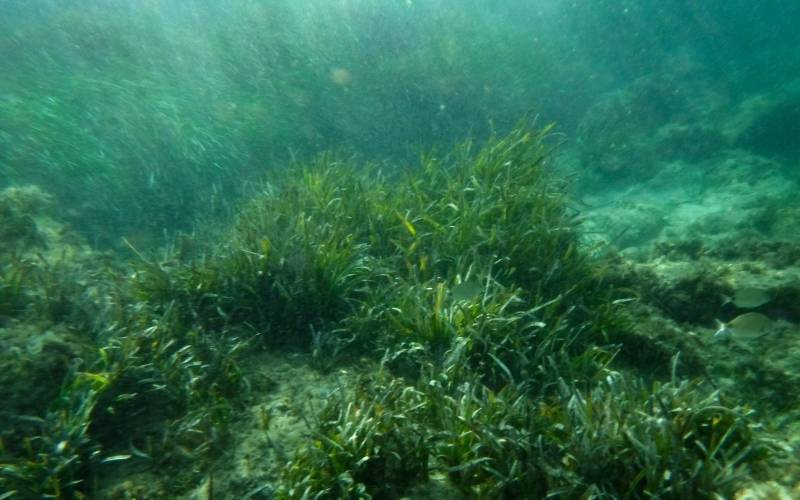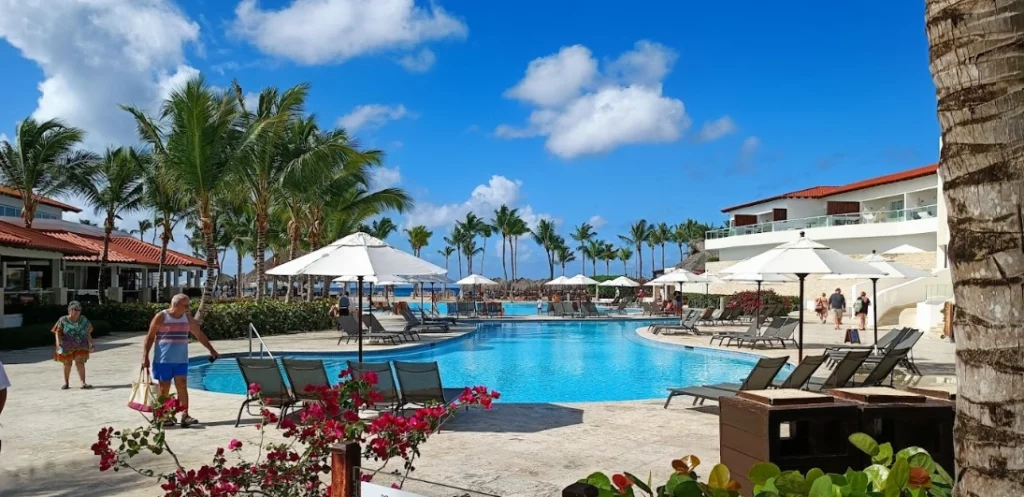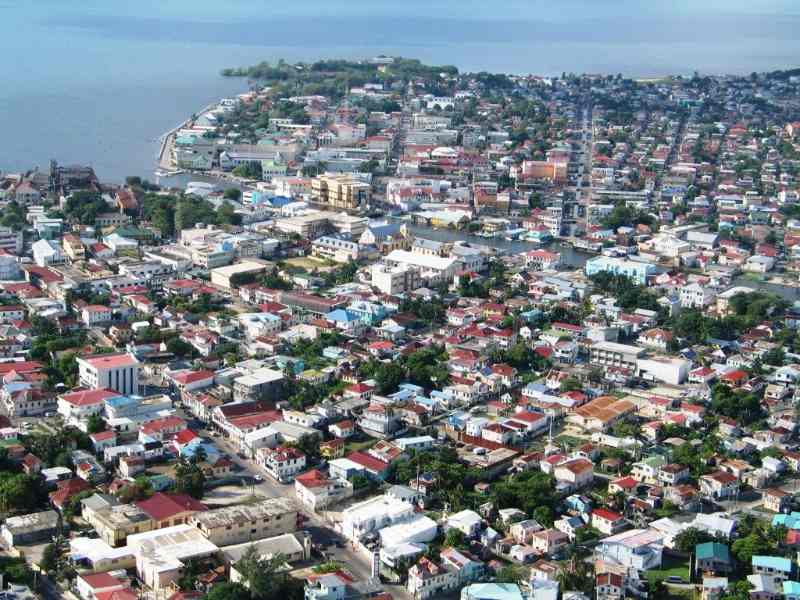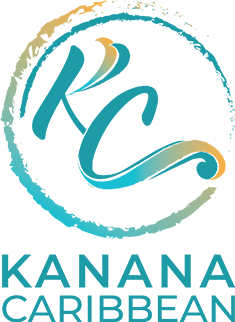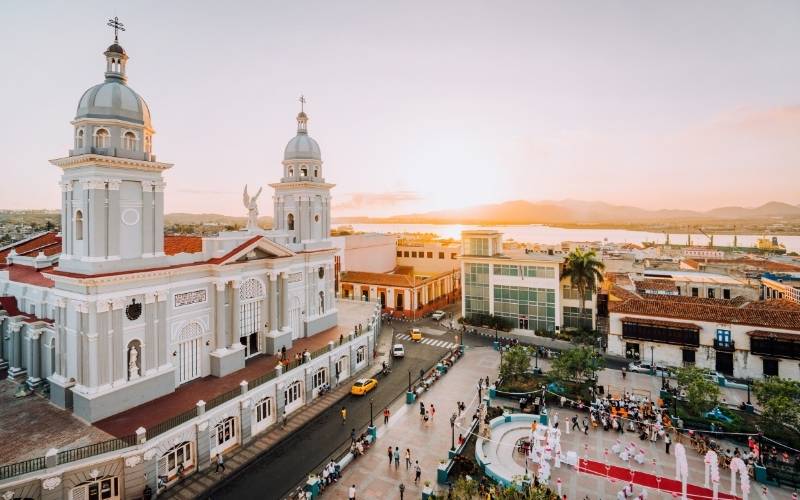
Home » Uncover The Many Ways to Get in & Around Cuba
Uncover The Many Ways to Get in & Around Cuba
As I delve into the fascinating world of Cuba, I am struck by the unique blend of history, culture, and politics that make this island nation unlike any other in the Caribbean. From the world-renowned cigars and catchy street music to the classic Cadillacs and decaying pastel-painted homes, Cuba is a place of contrasts and contradictions that never fails to captivate the imagination.
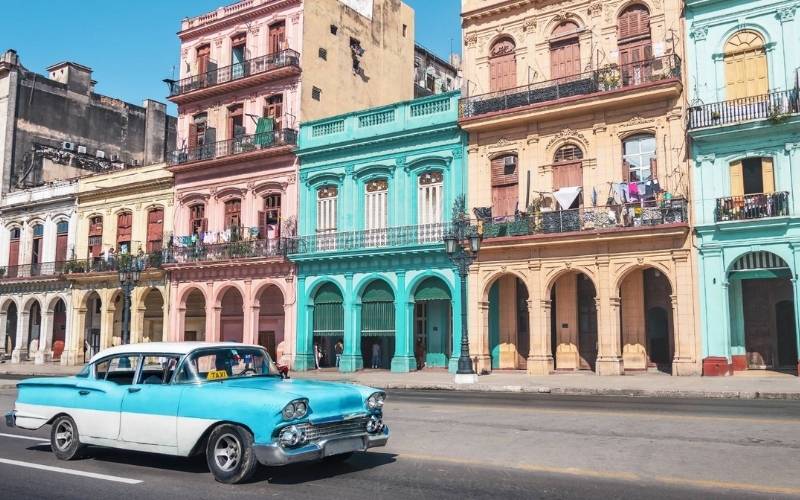
Situated at the intersection of the northern Caribbean Sea, the Gulf of Mexico, and the Atlantic Ocean, Cuba is the largest island in the Caribbean and the second most populous country in the region. With a total land area of 104,556 km2 and a population of approximately 11 million people, Cuba is a place of stunning natural beauty, rich cultural heritage, and complex political realities that make it a fascinating destination for travelers from around the world.
How Can You Get into Cuba?
Table of Contents
Flights to Cuba

If you’re planning to visit Cuba, there are a few ways to get there. One of the most popular options is to take a direct flight to Havana. However, finding direct flights to Cuba from anywhere in the world without the help of an expert might be difficult. That’s where a reputable travel agency can come in handy. They can assist you in finding the shortest route to Havana.
Copa Airlines flies to Havana from Central America via Panama. American Airlines and Air Canada fly to Havana, Varadero, Cayo Cayo, and Holguin from Canada. WestJet flies to Varadero (and other cities) but not to Havana. LATAM Airlines flies directly from Lima to Havana in South America. The majority of flights from other major South American cities will stop in Lima before going on to Havana.
Sail to Cuba
Cuba is serviced by two major ferry shuttles at all times. The first service travels from Habana Vieja to Casablanca and Regla and departs approximately every 15 to 20 minutes. The second is a catamaran service that travels from Surgidero de Batabanó to Nueva Gerona on the island of Isla de la Juventud. There are three departures every week on catamaran boats: Wednesdays, Fridays, and Sundays.
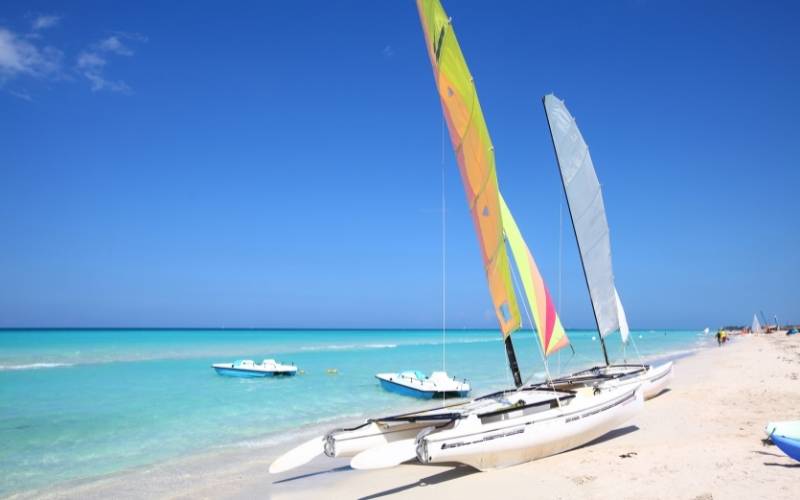
To use the ferry service, you will need to make reservations at the Havana bus terminal on Avenida 26 and Zoológico, Plaza de la Revolución, at least one day in advance. Make sure to bring your passport with you. During the hurricane season, it is important to keep an eye out for cancellations (June to November).
Cayo Saeta is the only island in Holguin that can be reached by boat. To go there, you will need to make reservations through an authorized travel agency.
How to Get Around in Cuba?
Rent a Car in Cuba
If you want to explore Cuba at your own pace, renting a car is a great option. However, be aware that driving in Cuba can be quite challenging due to poor road conditions and confusing road rules.
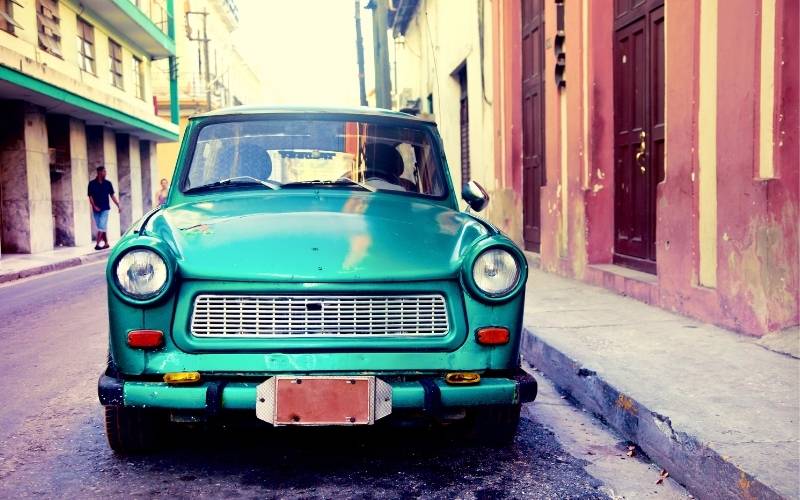
During low season, you can rent a medium-sized car for around US$70 per day, plus additional expenses such as insurance and liability waiver. If you pick up your rental car at the airport, there is a US$25 fee. You will also need to pay a refundable “guarantee deposit” of approximately $175, which will be returned to you if there are no issues with the car when you return it.
Your home driver’s license is valid in Cuba, but if you prefer, many travel agencies offer car rental services. To find a rental car, you can start by searching on Google Maps or Maps. If you are not staying in a hotel or homestay with a garage, you will need to request a car keeper, or parqueadero, which typically costs between US$5 to US$10 per night.
Local Busses to Cuba
Buses are a safe, reliable, and inexpensive way to travel throughout Cuba. Vazul is the most popular bus company for tourists, with air-conditioned buses and extensive coverage of the island’s top attractions. You can book tickets online, but it is recommended to reserve directly at the Vazul bus stops at least two hours prior to departure due to faulty booking systems.
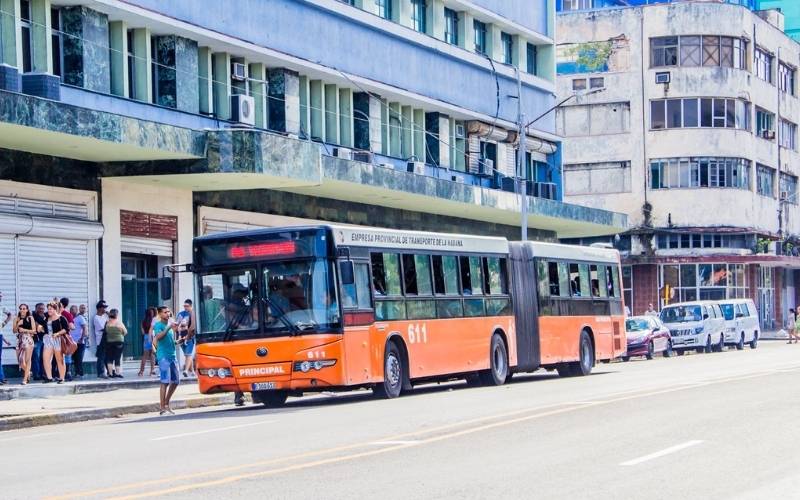
During peak season (July and August, plus November to March), it is best to book bus tickets several days in advance, especially for popular routes such as Havana to Vinales, Havana to Varadero, and Santiago de Cuba to Baracoa. When purchasing bus tickets, all passengers must present identification documents such as passports, and payment can only be made using cards that are not issued in the United States.
Keep in mind that the air conditioning on buses can be quite cold, so it’s a good idea to bring a jacket.
Taxi’s to Cuba
There are two types of taxis in Cuba: yellow taxis and classic convertibles. Yellow cabs are either owned by the state or driven by private drivers, but the charges are the same. You can schedule day trips or inter-provincial travels in an almendrón (the local name for the old American cars because of their almond-like shape) if you’re traveling in a small group.
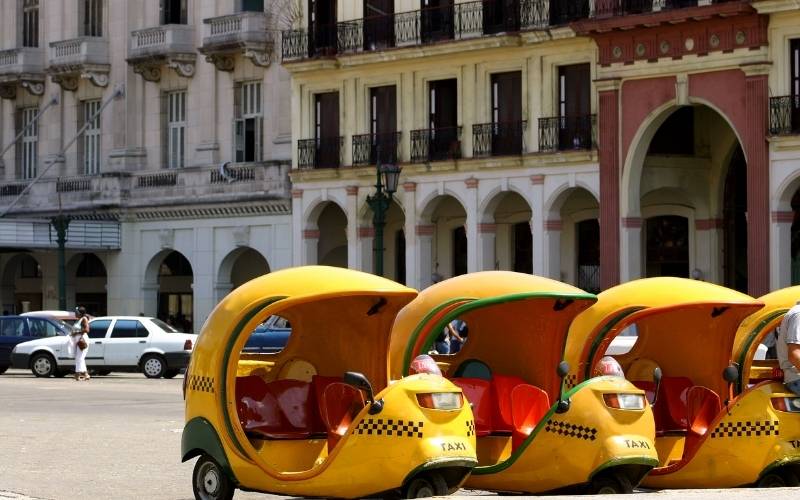
If you rent a vintage convertible automobile within the city, it comes with air conditioning, and leather seats, and is painted in vibrant colors. Before renting a car, always agree on a price. Locals use yellow minivans and mini buses in Havana, which are paid in Cuban pesos.
Ruteros and gazelles operate on defined routes from 9 a.m. to 7 p.m, as well as routes anywhere in the city after hours. There are also a growing number of ridesharing services, such as Bajanda and Sube, available.
Hitch Hike in Cuba!
Hitchhiking is legal, free, and safe in Cuba, making it a popular mode of transportation. You will see many people standing along the streets and highways, attempting to get rides. If you’re comfortable with it, you can join them by sticking your thumb out. However, keep in mind that hitchhiking may not be the most reliable or efficient way to get around, especially if you have a tight schedule.
Getting into & Around Cuba is Easier Than it Seems! ...🛪
I have found that getting into and around Cuba is much easier than I initially thought. The country is a fascinating destination with a rich history and beautiful natural features that leave a lasting impression on visitors.
When leaving the island, I had a collection of wonderful anecdotes and tales to share with friends and family. For those interested in learning more about Cuba, I recommend checking out the Kanana Caribbean page for island facts, vacation planning, sightseeing, travel deals, and upcoming events.
Stay in the loop with the latest travel information by following the Kanana Caribbean magazine blog. Discover top travel tips, must-see destinations, and more. Join our community and start planning your next adventure today!
